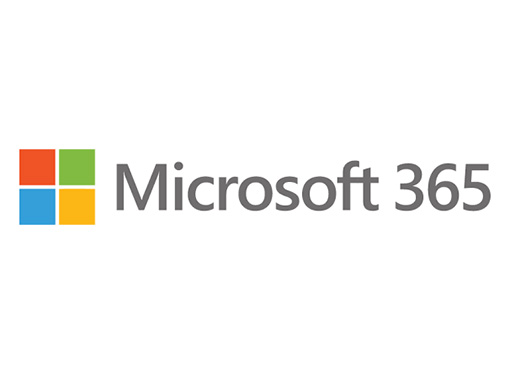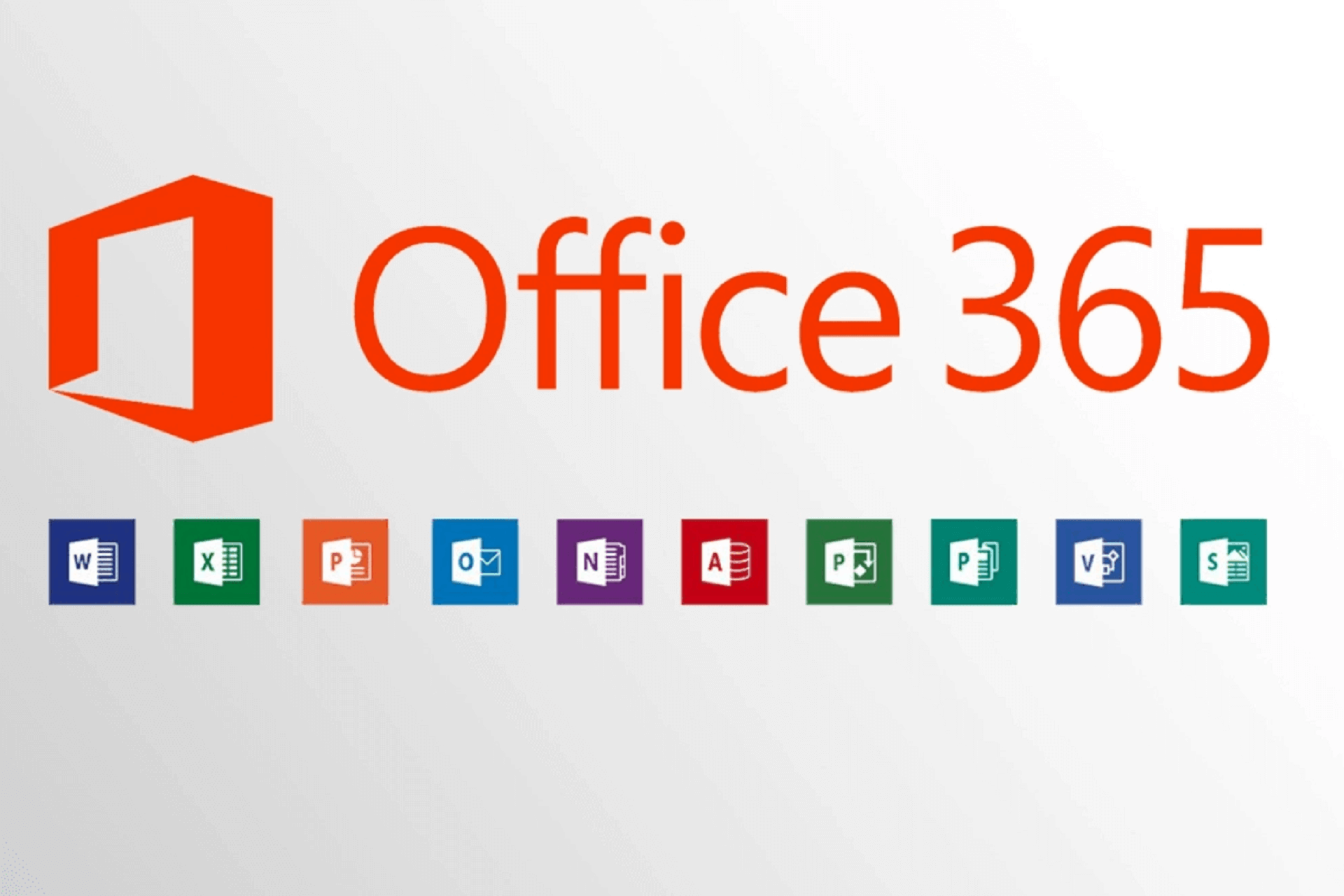
With these new offerings, Microsoft began to offer prepaid Office 365 subscriptions through retail outlets alongside the normal, perpetually-licensed editions of Office 2013 (which are only licensed for use on one computer, and do not receive feature updates). A University plan was introduced, targeted at post-secondary students.
#MICROSOFT 365 INSTALL#
The plan is aimed at mainstream consumers, especially those who want to install Office on multiple computers. A new Office 365 Home Premium plan aimed at home users offers access to the Office 2013 suite for up to five computers, along with expanded OneDrive storage and 60 minutes of Skype calls monthly.
#MICROSOFT 365 PRO#
The server components were updated to their respective 2013 versions, and Microsoft expanded the Office 365 service with new plans, such as Small Business Premium, Midsize Premium, and Pro Plus. With the release of Office 2013, an updated version of the Office 365 platform was launched on February 27, 2013, expanding Office 365 to include new plans aimed at different types of businesses, along with new plans aimed at general consumers, including benefits tailored towards Microsoft consumer services such as OneDrive (whose integration with Office was a major feature of the 2013 suite). Following the official launch of the service, Business Productivity Online Suite customers were given 12 months to migrate from BPOS to the Office 365 platform.
#MICROSOFT 365 SOFTWARE#
Plans were initially launched for small business and enterprises the small business plan offered Exchange e-mail, SharePoint Online, Lync Online, web hosting via SharePoint, and the Office Web Apps, with the enterprise plan also adding per-user licenses for the Office 2010 Professional Plus software and 24/7 phone support. Facing growing competition from Google's similar service Google Apps, Microsoft designed the Office 365 platform to "bring together" its existing online services (such as the Business Productivity Online Suite) into "an always-up-to-date cloud service" incorporating Exchange Server (for e-mail), SharePoint (for internal social networking, collaboration, and a public web site), and Lync (for communication, VoIP, and conferencing). Microsoft first announced Office 365 in October 2010, beginning with a private beta with various organizations, leading into a public beta in April 2011, and reaching general availability on June 28, 2011, with a launch aimed originally at corporate users. In October 2022, Microsoft announced that it would discontinue the "Microsoft Office" brand by January 2023, with most of its products and online productivity services being marketed primarily under the "Microsoft 365" brand. Most products that were called Office 365 were renamed as Microsoft 365 on the same day. On April 21, 2020, Office 365 was rebranded as Microsoft 365, to emphasize the service's current inclusion of products and services beyond the core Microsoft Office software family (including cloud-based productivity tools and artificial intelligence features).

#MICROSOFT 365 WINDOWS 10#
In July 2017, Microsoft introduced a second brand of subscription services for the enterprise market known as Microsoft 365, combining Office 365 with Windows 10 Enterprise volume licenses and other cloud-based security and device management products. Upon the release of Office 2013, Microsoft began to promote the service as the primary distribution model for the Microsoft Office suite, adding consumer-focused plans integrating with services such as OneDrive and Skype, and emphasizing ongoing feature updates (as opposed to non-subscription licenses, where new versions require purchase of a new license, and do not receive feature updates). Some plans also included licenses for the Microsoft Office 2010 software. The branding Office 365 was first introduced in 2010 to refer to a subscription-based software as a service platform for the corporate market, including hosted services such as Exchange, SharePoint, and Lync Server, and Office on the web. It also covers subscription plans encompassing these products, including those that include subscription-based licenses to desktop and mobile software, and hosted email and intranet services.

It encompasses online services such as, OneDrive, Microsoft Teams, programs formerly marketed under the name Microsoft Office (including applications such as Word, Excel, PowerPoint, and Outlook on Microsoft Windows, macOS, mobile devices, and on the web), enterprise products and services associated with these products such as Exchange Server, SharePoint, and Yammer.

Microsoft 365 is a product family of productivity software, collaboration and cloud-based services owned by Microsoft. From top-left: Outlook, OneDrive, Word, Excel, PowerPoint, OneNote, SharePoint, Teams, and Yammer


 0 kommentar(er)
0 kommentar(er)
